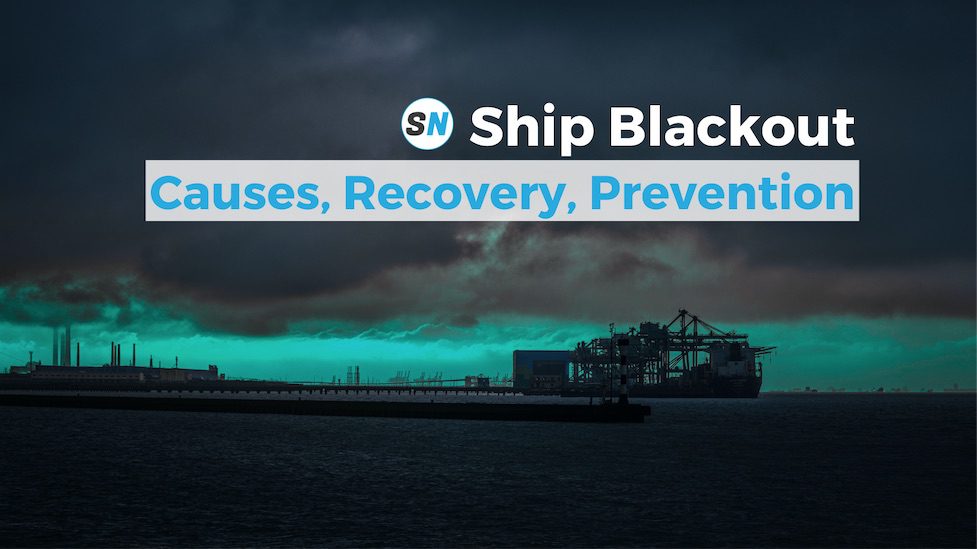28 November 2024
Thrusters: 3 ways to increase efficiency and savings
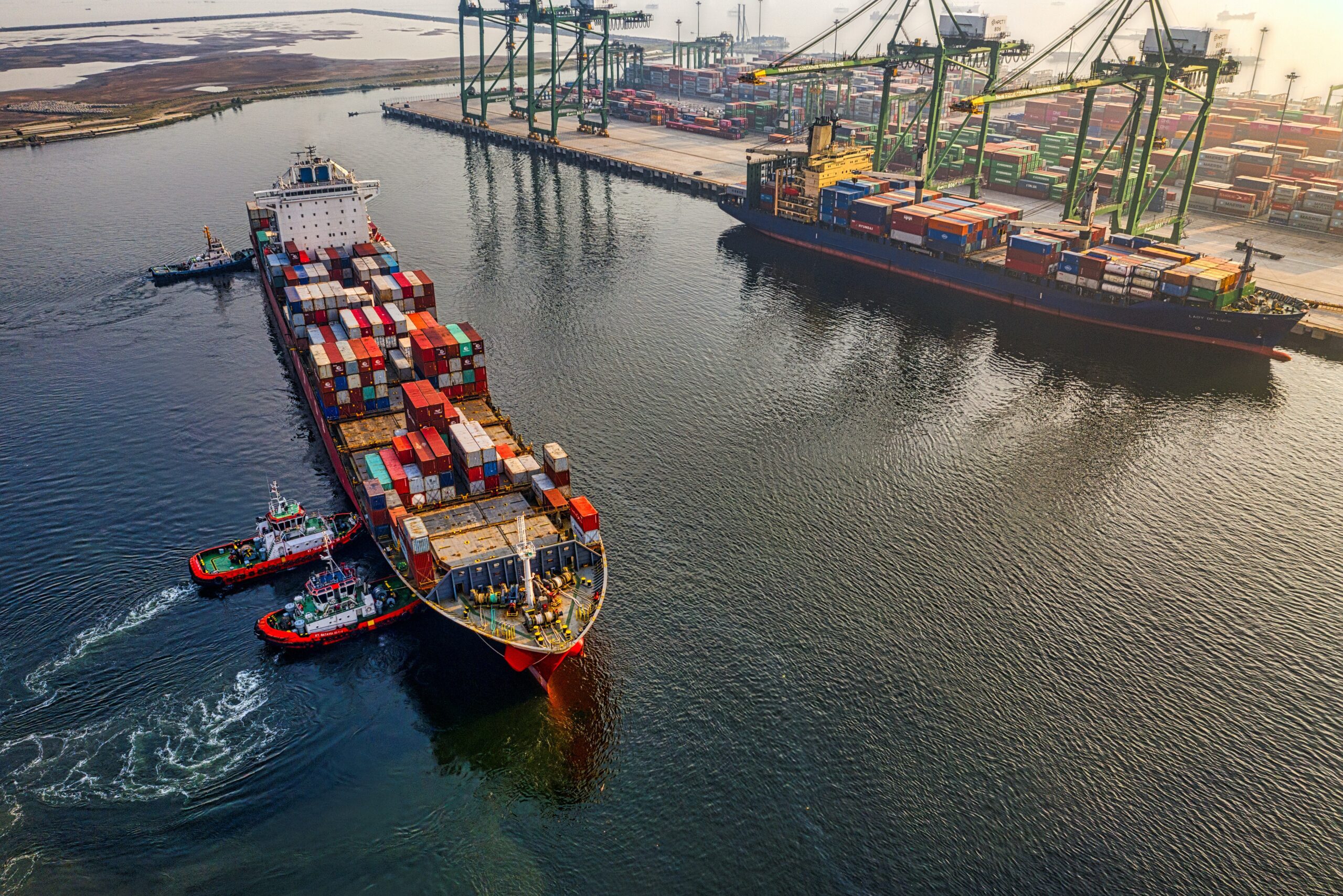
Choosing the cheapest bow thruster may be a costly mistake. Learn the three ways that careful auxiliary thrusters selection early in the design process can increase efficiency and reduce the total cost of ownership.
Table of Contents
Concept
Sometimes buying the cheapest product makes good business sense. More often it’s a false economy. Bow thrusters are often seen as an off-the-shelf product where the cheapest option wins – but a recent study says otherwise.
Vessel efficiency is a top priority for owners and operators thanks to decarbonization pressures, rising fuel costs, and increasingly strict regulations. An efficient vessel costs less to run and contributes to decarbonization. It is common to spend time carefully choosing engines and main propulsion equipment with efficiency in mind. Auxiliary thrusters for maneuvering, however, are often viewed as a commodity, which is a risky misconception. These three facts show how the right bow thruster can save you money in the long run.
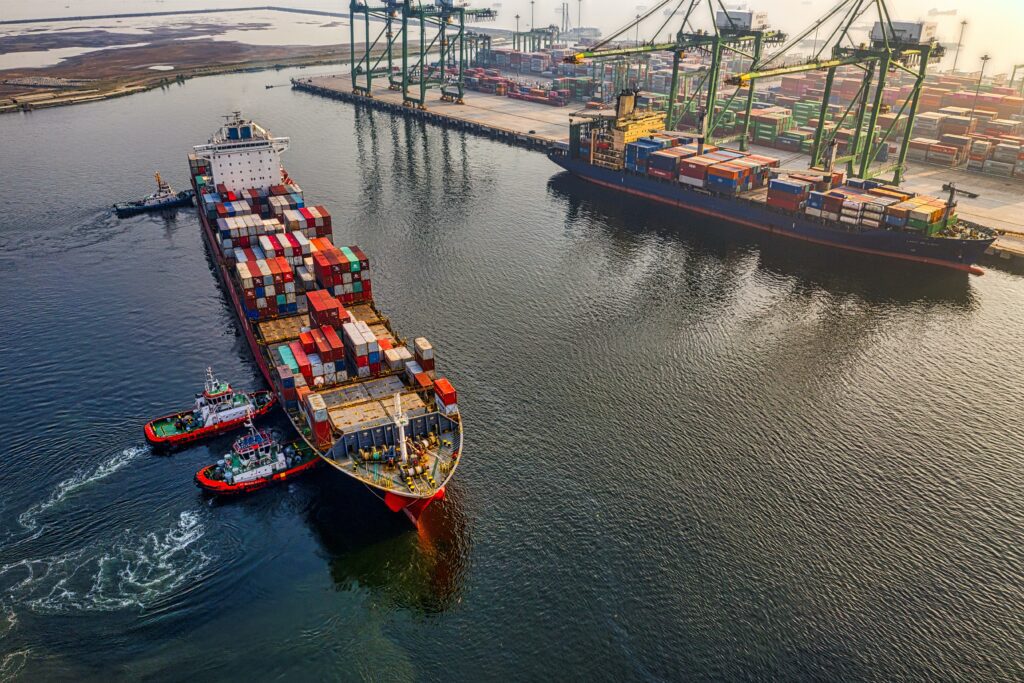
Bow Thrusters – How it Works
Bow thrusters, how does the technological advancement that plays an important role in the maneuvering of ships works?
Ship Nerd
1. Save energy
Thrusters go by many different names: you might know them as tunnel thrusters or transverse thrusters, for example. But whichever name is used, it’s typical for ship designers to choose the cheapest off-the-shelf model – which tends to be a controllable pitch propeller (CPP) with a constant speed drive. However, while a fixed pitch propeller (FPP) with variable speed drive might be more expensive, it will often cost you less overall, with a lower total cost of ownership.
When the operational conditions call for the thruster to be used at part or low loads, an FPP can reduce your fuel usage during maneuvering by as much as 10–20% depending on utilization. Thruster running hours on RoRo vessels can be as high as 4,000 hours a year so using 10% less fuel at low loads adds up to big savings.
An FPP will also cut vessel emissions, which can help with meeting current and upcoming legislation. FPP units also tend to be easier to maintain, so you get more uptime. The payback time for choosing an FPP over a CPP is less than eight years, with a corresponding 15% CO2 reduction. Alternatively, if it suits your operational needs better, an 1800 kW FPP solution can produce around 8% more thrust, allowing faster vessel turnaround times.
Why choose an FPP thruster?
- 10-20% less fuel used in low-load maneuvering
- 15% lower CO2 emissions
- Less than 8 years of payback time for the extra investment
2. Minimize vessel resistance
The thruster’s tunnel openings create parasitic drag, especially when the ship is sailing and the thruster is not being used. In fact, tunnel openings account for 1% of overall vessel resistance. This might sound like nothing, but even 1% less drag can have a huge impact on how much fuel your vessel uses and therefore the amount of emissions it produces. Let’s look at an example. A study by Wärtsilä estimates that for container vessels ranging from 2,500–20,000 TEU, reducing the drag from tunnel openings by 5% (a 0.05% improvement in vessel resistance) will save €10,000–22,000 in annual fuel costs.
A standard tunnel opening might look something like this:
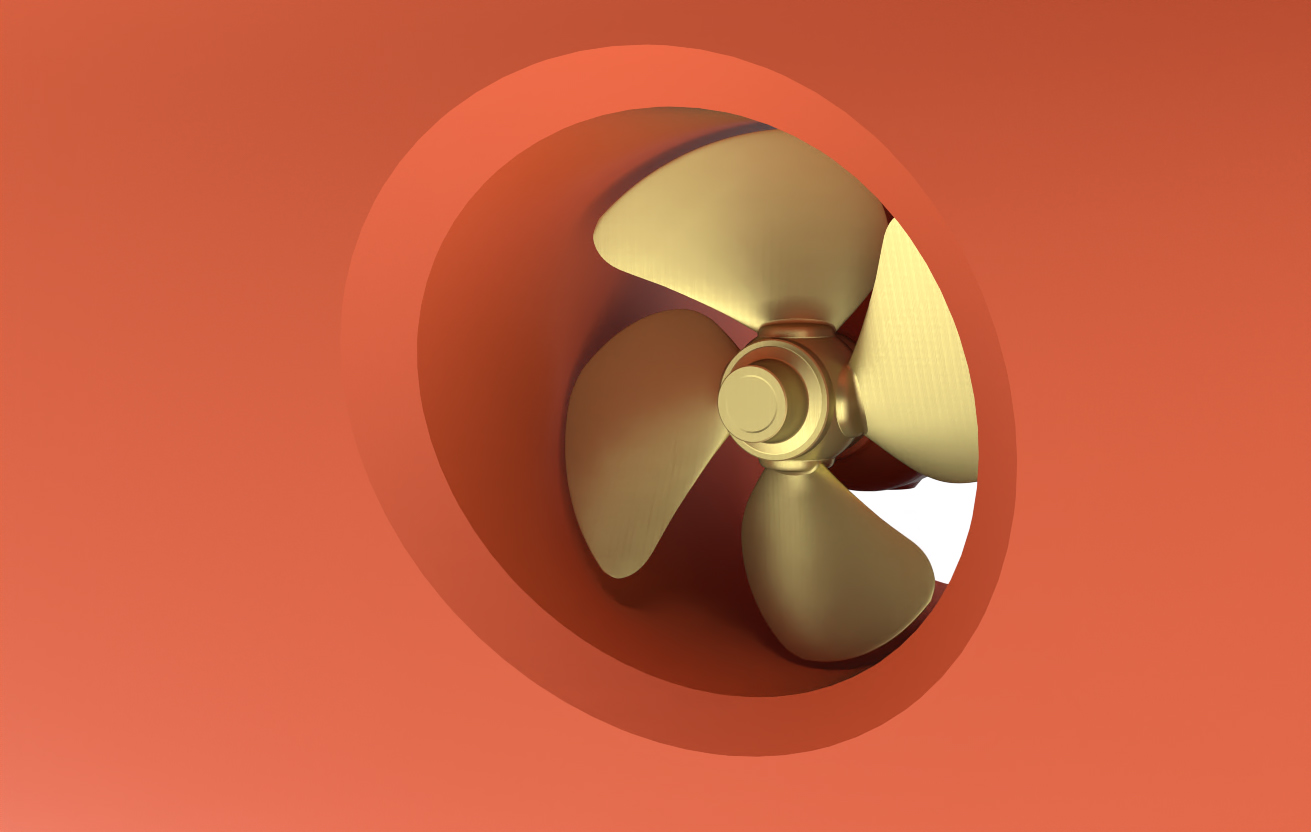
Drag can be minimized by:
- rounding the tunnel edges

- using scallops to guide the water flow aft of the tunnel

- adding grids to minimize water flow through the tunnel

These solutions come with an expense to implement, but they return on savings in the long term by reducing drag during normal ship operation. Optimizing the tunnel design to reduce drag is not an option if you’re buying an off-the-shelf product at the last minute.
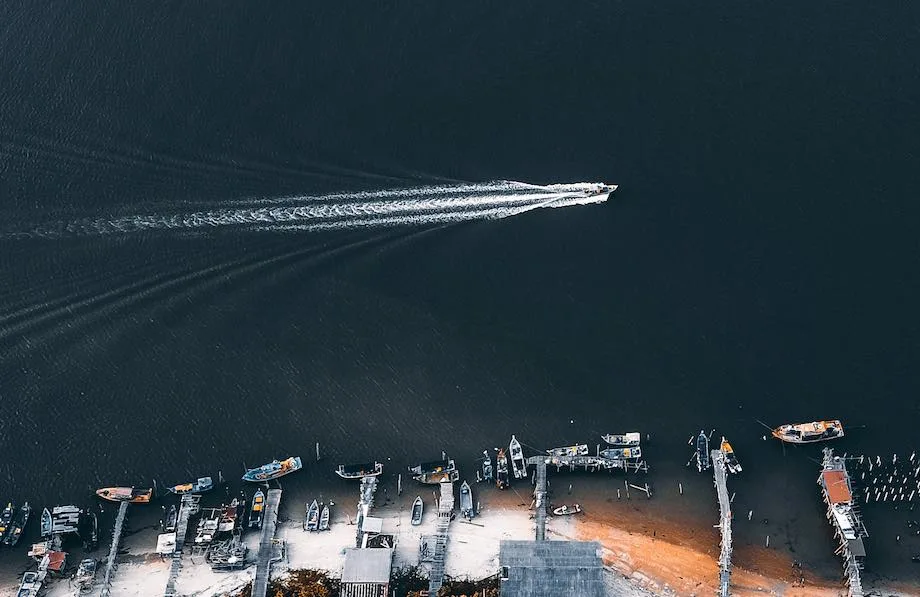
Quickly estimate the planing vessel resistance
How to calculate the vessel resistance? Quickly estimate the planing vessel resistance through this empirical method.
Ship Nerd
3. Save time in port
One key element of optimizing operational efficiency is reducing the amount of time a ship spends in port. Increasing maneuverability means less time in port, so you can sail at slower speeds while keeping to the same schedule. This increases efficiency and reduces fuel costs. The benefit for RoRo vessels and ferries is clear; what is less often recognized is the significant savings available for other merchant vessels.
Impressive results were seen in a study carried out by Wärtsilä on how efficient maneuvering contributes to the total cost of ownership for container vessels. The study showed that a minor reduction in ship speed leads to significant fuel savings.
Increasing the thrust capacity of bow thrusters and thereby improving maneuvering can reduce time in port by 0.6 hours – for container vessels with three port calls in China and three in Europe, this allows sailing speeds to go down by 0.1 knots (e.g., from 20 to 19.9 knots) while still maintaining the schedule. The fuel saving for a 0.1 knot speed decrease is from 0.8 to 2.5 million euros for container vessels ranging in size from 2500–20,000 TEU. Taking the time to choose the right stern thruster early in the design process is an easy win, with savings to be realized on every journey your vessel undertakes.
How to choose the right maneuvering thruster?
When choosing a thruster, start from your vessel’s operational profile. Ask yourself:
- How you can optimize your vessel’s operation?
- Which thruster gives you the lowest total cost of ownership?
It’s also important to choose a thruster that’s reliable and robust. Bow thrusters are subject to extreme conditions and need to work safely and reliably with minimal maintenance to maximize uptime.
Maneuvering thrusters should not be seen as mere commodities but as an integral part of what the vessel needs to operate.
Shipyard Benefit
Both owners and shipyards can benefit from standardized designs and delivery models for transverse thrusters. For owners of merchant vessels, a standardized product portfolio carefully tuned to the needs of the market is available, making selection easier. Thrusters with less cabling, are simpler and cheaper for shipyards to install – as well as being more reliable for owners. All this makes the installation as quick and easy as possible and ensures it can be handled by the shipyard without external assistance.
How much can you save?
The right thruster will save you energy, minimize drag and save you time in port, even with a low number of operational hours. Taking the time to choose the optimal thruster can significantly lower your total cost of ownership and increase the efficiency of your vessel. The optimal solution will also be quicker, cheaper, and simpler for shipyards to install.
Source: Wärtsilä
See Also
Stolt Tankers and Graphite Innovations & Technology (GIT) have signed a two-year agreement to apply GIT’s XGIT-PROP graphene-based marine coating to the propellers of 25 Stolt Tankers ships during 2023. XGIT-PROP is an eco-friendly product that reduces marine growth and improves propulsion efficiency while ensuring no harmful toxins and biocides are released into the ocean. This extensive application supports Stolt Tankers’ decarbonization ambitions and reinforces the company’s commitment to sustainability.

Stolt Tankers utilize new graphene propeller coatings on 25 vessels
Stolt Tankers has become the first Chemical Tanker company to apply GIT’s graphene-based propeller coatings to its fleet.


